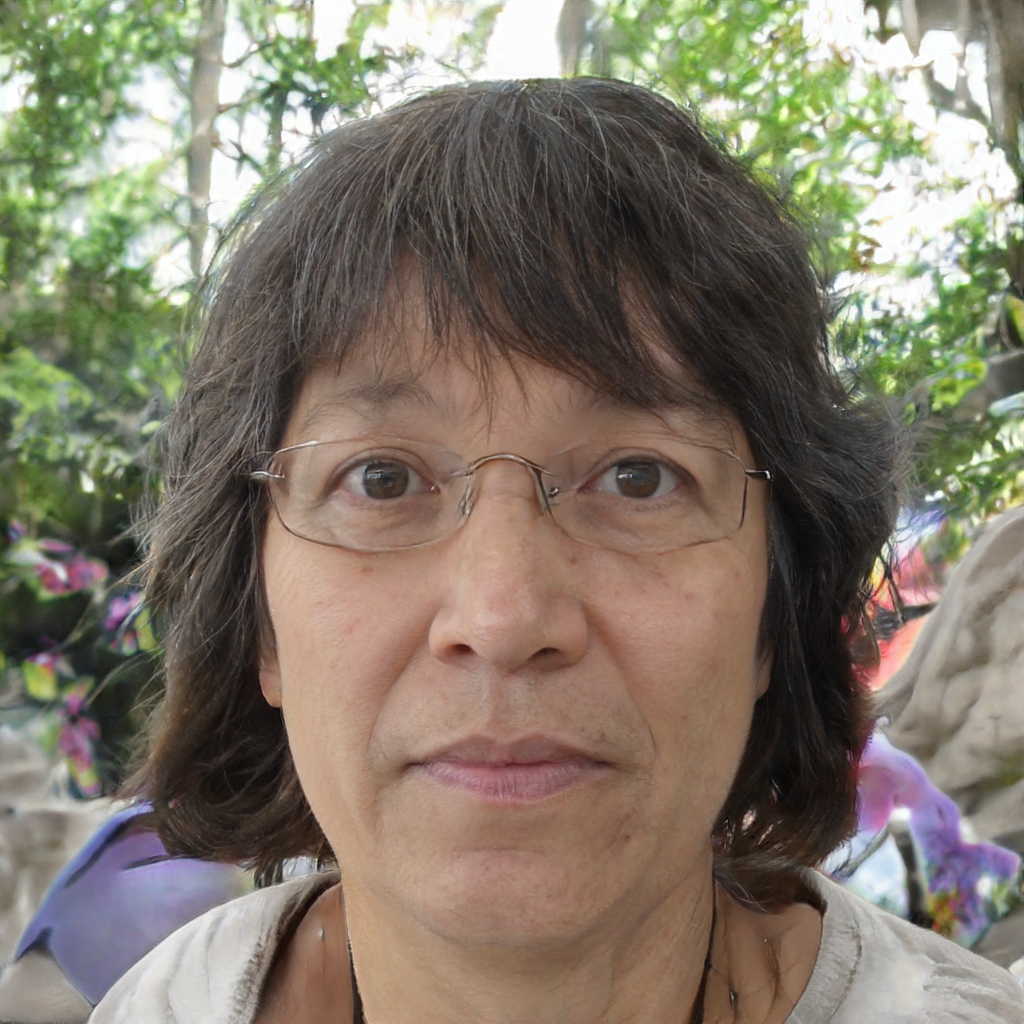The traffic acquisition cost (TAC) is the amount of money that a company spends on acquiring new customers. The TAC can be divided into two parts: the cost of acquiring new customers (CAC) and the cost of retaining existing customers (CRM). The TAC is a important metric for companies to track because it can give insights into the effectiveness of a company's marketing and sales efforts.
The CAC is the cost of acquiring new customers and is typically the largest component of the TAC. The CAC can be divided into two parts: the cost of acquiring new customers through marketing efforts (CACm) and the cost of acquiring new customers through sales efforts (CACs).
The CRM is the cost of retaining existing customers and is typically much lower than the CAC. The CRM can be divided into two parts: the cost of retaining existing customers through marketing efforts (CRMm) and the cost of retaining existing customers through sales efforts (CRMs).
The TAC is a important metric for companies to track because it can give insights into the effectiveness of a company's marketing and sales efforts. The TAC can also be used to benchmark a company's performance against its competitors.
What is traffic acquisition?
Traffic acquisition is the process of acquiring new users or customers for a business or service. This can be done through a variety of channels, such as paid advertising, organic search, social media, and referrals. The goal of traffic acquisition is to drive more traffic to a website or platform in order to increase conversions and revenue.
There are a number of different strategies that can be used for traffic acquisition, and the most effective approach will vary depending on the business or service. For example, a business that sells products online will likely focus on driving traffic to their website through paid advertising and organic search, while a business that provides a service such as home-cleaning will focus on acquiring new customers through referrals and word-of-mouth.
The most important thing to remember when it comes to traffic acquisition is that it is an ongoing process. In order to be successful, businesses must continually invest time and resources into acquiring new users or customers. What is a PAC structure? A PAC structure is a type of business organization in which a parent company owns a controlling interest in a number of subsidiaries. The parent company may be a holding company or an operating company. The subsidiaries are typically engaged in different businesses and are located in different countries. The parent company may exercise control over the subsidiaries through a variety of mechanisms, including ownership of a majority of the voting shares, board representation, and/or management control.
The PAC structure is a common form of business organization for large, multinational corporations. It allows the parent company to exercise control over the subsidiaries while still allowing them to operate independently. This structure can provide many benefits, including economies of scale, diversification of risks, and access to new markets. It can also allow the parent company to more effectively manage its overall operations. What does TAC stand for in traffic? TAC stands for traffic acquisition costs. Traffic acquisition costs are the costs incurred by a company in order to acquire new customers or users. These costs can include advertising, marketing, and other promotional expenses. What does ex TAC mean? "Ex-TAC" stands for "Exchange-Traded Agriculture Commodities". These are commodities that are traded on exchanges, and include agricultural products such as grains, livestock, and dairy. What is TAC support? TAC support is a technical analysis tool used by stock market analysts to identify trends in stock prices. TAC support is based on the principle of price support, which states that prices tend to find support at certain levels. TAC support is calculated by taking the average of the highest high and the lowest low over a certain period of time, typically 14 days.
